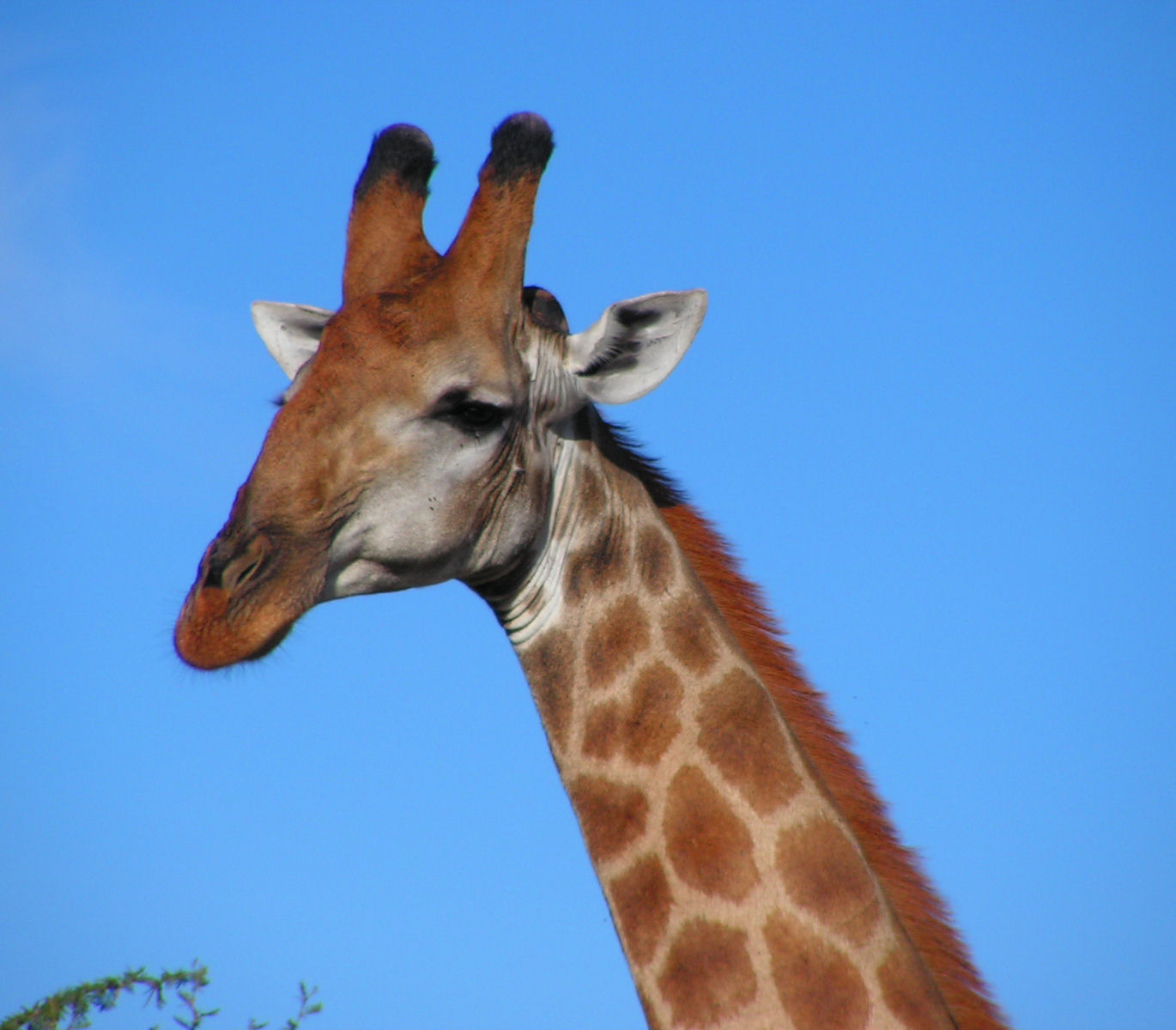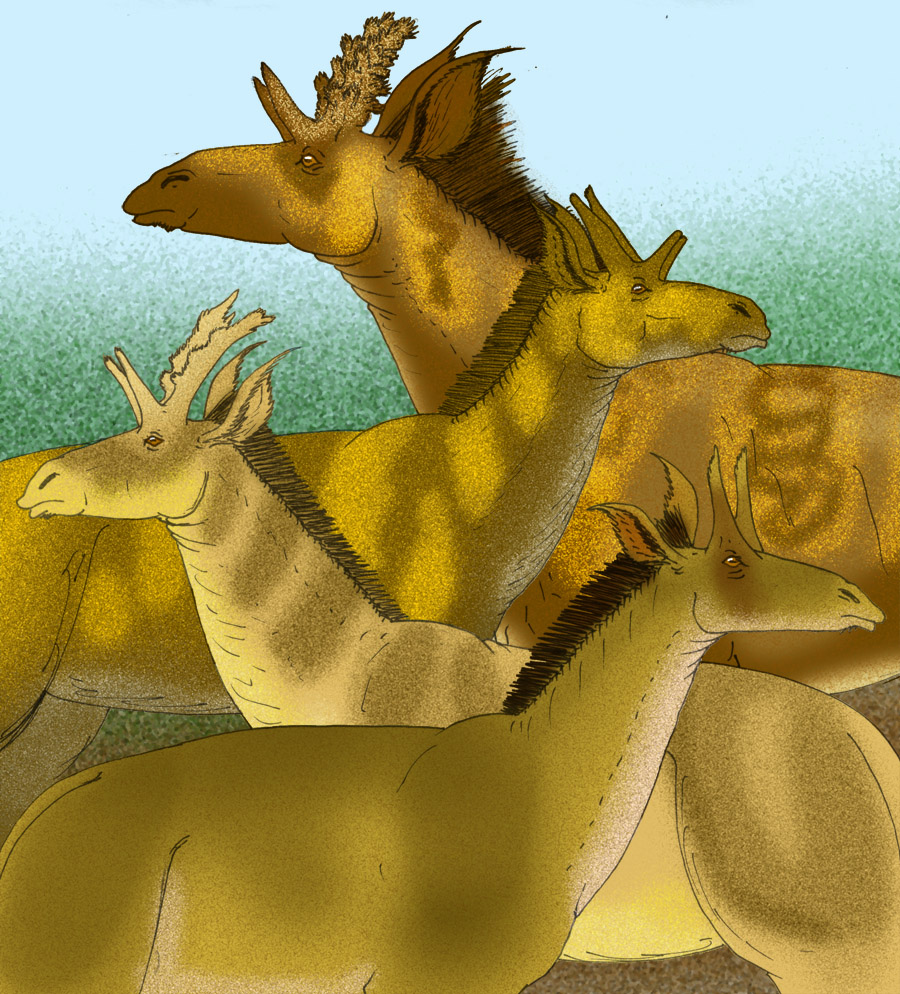Ossicones on:
[Wikipedia]
[Google]
[Amazon]

 Ossicones are columnar or conical skin-covered bone structures on the heads of
Ossicones are columnar or conical skin-covered bone structures on the heads of
 Ossicones are only found in some members of the superfamily
Ossicones are only found in some members of the superfamily

 Ossicones are columnar or conical skin-covered bone structures on the heads of
Ossicones are columnar or conical skin-covered bone structures on the heads of giraffe
The giraffe is a large African hoofed mammal belonging to the genus ''Giraffa''. It is the tallest living terrestrial animal and the largest ruminant on Earth. Traditionally, giraffes were thought to be one species, ''Giraffa camelopardalis ...
s, male okapi
The okapi (; ''Okapia johnstoni''), also known as the forest giraffe, Congolese giraffe, or zebra giraffe, is an artiodactyl mammal that is endemic to the northeast Democratic Republic of the Congo in central Africa. It is the only species i ...
, and some of their extinct relatives. Ossicones are distinguished from the superficially similar structures of horns Horns or The Horns may refer to:
* Plural of Horn (instrument), a group of musical instruments all with a horn-shaped bells
* The Horns (Colorado), a summit on Cheyenne Mountain
* ''Horns'' (novel), a dark fantasy novel written in 2010 by Joe Hill ...
and antler
Antlers are extensions of an animal's skull found in members of the Cervidae (deer) family. Antlers are a single structure composed of bone, cartilage, fibrous tissue, skin, nerves, and blood vessels. They are generally found only on male ...
s by their unique development and a permanent covering of skin and fur.
Structure
Giraffe ossicones consist of a highly vascularized and innervated bone core covered with vascularized and innervated skin. The base of an ossicone is attached to the skull with vascularized innervated connective tissue. Ossicones are formed at late gestation, but in early development they are not bony and not fused to the skull yet. Ossicones usually fuse to the skull at sexual maturity. All male and female giraffes have a pair of parietal ossicones on the parietal bones of the skull. Males also usually have a single median ossicone on the frontal bone that is larger in northern animals and smaller in southern giraffes. Giraffes can also have small additional paired occipital ossicones on the occipital bones, paired orbital ossicones associated with eyes, and azygous ossicones. In giraffes, male and female ossicones vary in structure and purpose (a manifestation ofsexual dimorphism
Sexual dimorphism is the condition where the sexes of the same animal and/or plant species exhibit different morphological characteristics, particularly characteristics not directly involved in reproduction. The condition occurs in most ani ...
). Males typically have thicker ossicones that become bald on top due to frequent necking. In okapi, the male's ossicones are smaller in proportion to the head, and taper towards their tips, forming a sharper point than the comparatively blunt giraffe ossicone. Whereas female giraffes have reduced ossicones, female okapi lack ossicones entirely.
The morphology of ossicones in the extinct relatives of giraffes and okapi varies widely. Some species had two pairs of ossicones rather than one (e.g. ''Giraffokeryx
''Giraffokeryx'' is an extinct genus of medium-sized giraffids known from the Miocene of the Indian subcontinent and Eurasia. It is distinguished from other giraffids by the four ossicones on its head; one pair in front of the eyes on the ant ...
''), some had rugged textures (e.g. ''Shansitherium
''Shansitherium'' ("beast of Shanxi")Killgus, H., 1922. Die unterpliocaenen chinesischen Säugetierreste der Tafelschen Sammlung zu Tübingen (Doctoral dissertation) is an extinct genus of superficially moose-like or antelope-like giraffids ...
''), and some had large, flattened ossicones (e.g. male ''Prolibytherium
''Prolibytherium'' is an extinct genus of prolibytheriid artiodactyl ungulate native to Middle Miocene North Africa and Pakistan, from around 16.9 to 15.97 million years ago. Fossils of ''Prolibytherium'' were found in the Marada Formation of ...
'').
Function
Similar to species with horns or antlers, male giraffes use their ossicones as weapons during combat, where they use their heads as clubs: the ossicones add weight and concentrate the force of impact onto a small area, allowing it to deliver heavier blows with higher contact pressure. The nerve bundles and large blood supply in the ossicones led some researchers to speculate that the structures may also play a role in thermoregulation.Examples
Giraffoidea
Giraffoidea is a superfamily that includes the families Climacoceratidae, Antilocapridae, and Giraffidae. The only extant members in the superfamily are the pronghorn, giraffe, and okapi. The Climacoceratidae are also placed in the superfamily, ...
, which includes the family Giraffidae
The Giraffidae are a family of ruminant artiodactyl mammals that share a common ancestor with deer and bovids. This family, once a diverse group spread throughout Eurasia and Africa, presently comprises only two extant genera, the giraffe (one or ...
(to which giraffes, okapi, and extinct relatives belong) and the entirely extinct family Climacoceratidae
Climacoceratidae is a family of superficially deer-like artiodactyl ungulates which lived in the Miocene epoch in Africa. They are close to the ancestry of giraffes, with some genera, such as '' Prolibytherium'', originally classified as giraffes ...
. It had been argued that the so-called ossicones known from fossils were actually horns, but later research showed that these structures are consistent with the ossicones of giraffes and okapi. The following is a list of some ossicone-bearing genera
Genus ( plural genera ) is a taxonomic rank used in the biological classification of living and fossil organisms as well as viruses. In the hierarchy of biological classification, genus comes above species and below family. In binomial nomenclat ...
:
; Giraffidae
* ''Bramatherium
''Bramatherium'' (Brahma’s beast) is an extinct genus of giraffids that ranged from India to Turkey in Asia. It is closely related to the larger ''Sivatherium''.
Etymology
The first part of the generic name, Brahma (Sanskrit masculine ', no ...
'' (2 pairs)
* '' Decennatherium'' (1 pair)
* ''Giraffa
The giraffe is a large African hoofed mammal belonging to the genus ''Giraffa''. It is the tallest living terrestrial animal and the largest ruminant on Earth. Traditionally, giraffes were thought to be one species, ''Giraffa camelopardalis ...
'' (giraffes; 1 pair)
* ''Giraffokeryx
''Giraffokeryx'' is an extinct genus of medium-sized giraffids known from the Miocene of the Indian subcontinent and Eurasia. It is distinguished from other giraffids by the four ossicones on its head; one pair in front of the eyes on the ant ...
'' (2 pairs)
* ''Honanotherium
''Honanotherium'' is a genus of extinct giraffid from the late Miocene of Henan Province, China, and East Azerbaijan Province, northwestern Iran.Bohlin, B. 1927. Die Familie Giraffidae. Pal. Sinica, Ser. C, IV, Fasc. 1, various pages.Nikos Solo ...
'' (1 pair)
* ''Injanatherium
''Injanatherium'' is an extinct genus of giraffids from the Miocene of Iraq,HEINTZ, E., M. BRUNET, and S. SEN. "A NEW GIRAFFID FROM IRAQ UPPER MIOCENE INJANATHERIUM-HAZIMI NG N-SP." COMPTES RENDUS DE L ACADEMIE DES SCIENCES SERIE III-SCIENCES DE ...
'' (2 pairs) – Angled horizontally relative to head
* ''Mitilanotherium
''Mitilanotherium'' is an extinct genus of giraffes from the Pliocene and Pleistocene of Europe.
It was a medium-sized giraffid, resembling the modern okapi, with two long ossicone
Ossicones are columnar or conical skin-covered bone struct ...
'' (1 pair)
* ''Okapia
The okapi (; ''Okapia johnstoni''), also known as the forest giraffe, Congolese giraffe, or zebra giraffe, is an artiodactyl mammal that is endemic to the northeast Democratic Republic of the Congo in central Africa. It is the only species ...
'' (okapi; 1–0 pairs) – Females lack ossicones
* ''Palaeotragus
''Palaeotragus'' ("ancient goat") is a genus of very large, primitive, okapi-like giraffids from the Miocene of Africa and Eurasia.
''Palaeotragus primaevus'' is the older species, being found in early to mid-Miocene strata, while ''P. germaini' ...
'' (1–0 pairs) – Some species lacked ossicones
* ''Samotherium
''Samotherium'' ("beast of Samos") is an extinct genus of Giraffidae from the Miocene and Pliocene of Eurasia and Africa. ''Samotherium'' had two ossicones on its head, and long legs. The ossicones usually pointed upward, and were curved backwar ...
'' (1 pair)
* ''Shansitherium
''Shansitherium'' ("beast of Shanxi")Killgus, H., 1922. Die unterpliocaenen chinesischen Säugetierreste der Tafelschen Sammlung zu Tübingen (Doctoral dissertation) is an extinct genus of superficially moose-like or antelope-like giraffids ...
'' (1 pair)
* ''Sivatherium
''Sivatherium'' ("Shiva's beast", from Shiva and ''therium'', Latinized form of Ancient Greek θηρίον -'' thēríon'') is an extinct genus of giraffids that ranged throughout Africa to the Indian subcontinent. The species ''Sivatherium giga ...
'' (2 pairs)
; Climacoceratidae
* ''Climacoceras
''Climacoceras'' (from Greek for "ladder horns") is a genus of extinct artiodactyl ungulates that lived in Africa and Europe during the Miocene. The members of ''Climacoceras'' were related to giraffes, and the genus was formerly placed within ...
'' (1 pair)
* ''Prolibytherium
''Prolibytherium'' is an extinct genus of prolibytheriid artiodactyl ungulate native to Middle Miocene North Africa and Pakistan, from around 16.9 to 15.97 million years ago. Fossils of ''Prolibytherium'' were found in the Marada Formation of ...
'' (1 pair) – Male ossicones plate-like; females more typical
References
Further reading
* * * * ** * * {{cite journal , doi=10.1371/journal.pone.0185378 , pmid=29091914 , pmc=5665556 , title=A new giraffid (Mammalia, Ruminantia, Pecora) from the late Miocene of Spain, and the evolution of the sivathere-samothere lineage , journal=PLOS ONE , volume=12 , issue=11 , pages=e0185378 , year=2017 , last1=Ríos , first1=María , last2=Sánchez , first2=Israel M , last3=Morales , first3=Jorge , bibcode=2017PLoSO..1285378R , doi-access=free Mammal anatomy